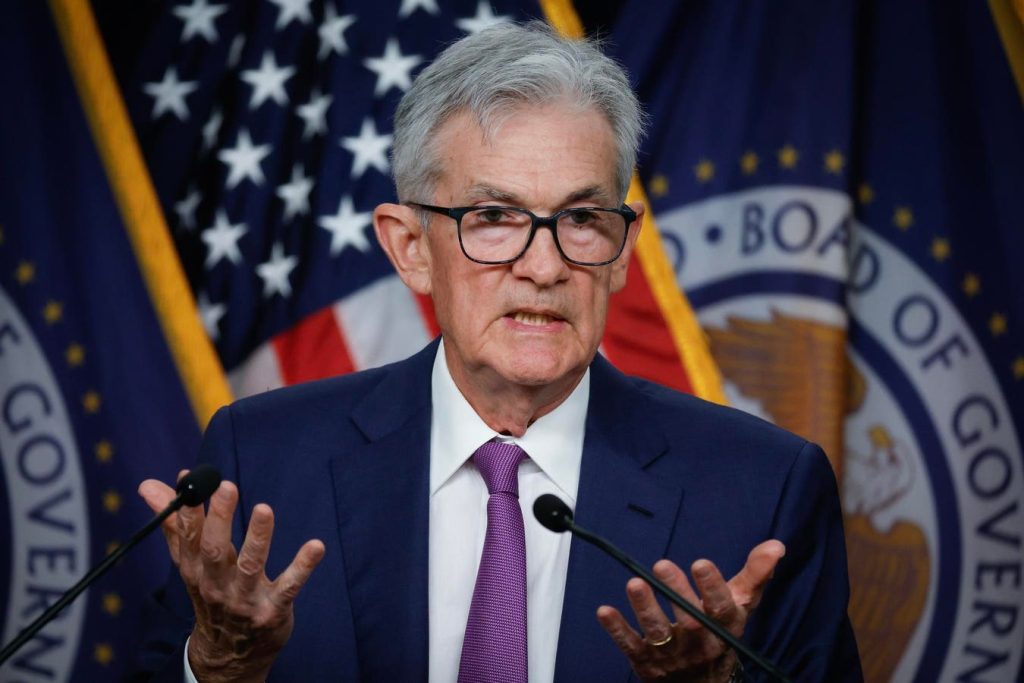As 2024 began, borrowers were hopeful that inflation would ease, leading to potential interest rate cuts. However, four months into the year, inflation remains stubbornly high, leading Federal Reserve Chair Jerome Powell to downplay the possibility of rate cuts. Powell stated that recent indicators show a lack of progress toward the 2% inflation target, leading to a longer-than-expected timeline for interest rate cuts. Despite strong job gains and a low unemployment rate, the Fed remains cautious due to uncertainties in the economic outlook. As a result, the federal funds rate was maintained at 5 1/4 to 5 1/2%.
Small business owners have been hesitant to borrow money for upgrades and expansion due to the high cost of capital resulting from soaring interest rates. However, business owners may reach a point where they can no longer wait to make necessary investments. It is advised not to wait for interest rate cuts that may not materialize and to consider the opportunity costs of delaying borrowing decisions. Shopping around for the best deals, whether through SBA lending or non-bank lenders, can help mitigate the impact of high interest rates. Additionally, streamlining operations and cutting costs in other areas can help offset the higher cost of capital.
Amidst high interest rates, some regional and big banks are pulling back from lending, further complicating the borrowing landscape for small businesses. With Powell’s comments indicating that interest rates are unlikely to decrease in the near future, small business owners must carefully consider when to borrow money, seek out reasonable deals, and find ways to save money elsewhere. However, despite the challenges presented by the current economic environment, there are opportunities for small businesses to access funding and grow their operations.
The Federal Open Markets Committee’s decision to maintain interest rates at their current levels reflects the Fed’s commitment to returning inflation to its 2% target. Powell emphasized that the committee will continue to monitor economic developments and adjust monetary policy as needed to achieve its goals. With the economic outlook remaining uncertain, small business owners must be proactive in their borrowing decisions and explore all available options to secure funding for growth and expansion.
In conclusion, the current economic environment poses challenges for small business borrowers due to high interest rates and uncertainties regarding inflation. While the prospect of interest rate cuts may be off the table for now, there are alternative financing options available, such as SBA lending and non-bank lenders. Small business owners must carefully assess their borrowing needs, shop around for the best deals, and find ways to streamline operations and cut costs to navigate the challenges presented by the current economic landscape. Despite the obstacles, there are opportunities for small businesses to access funding and pursue growth opportunities in the midst of economic uncertainty.


